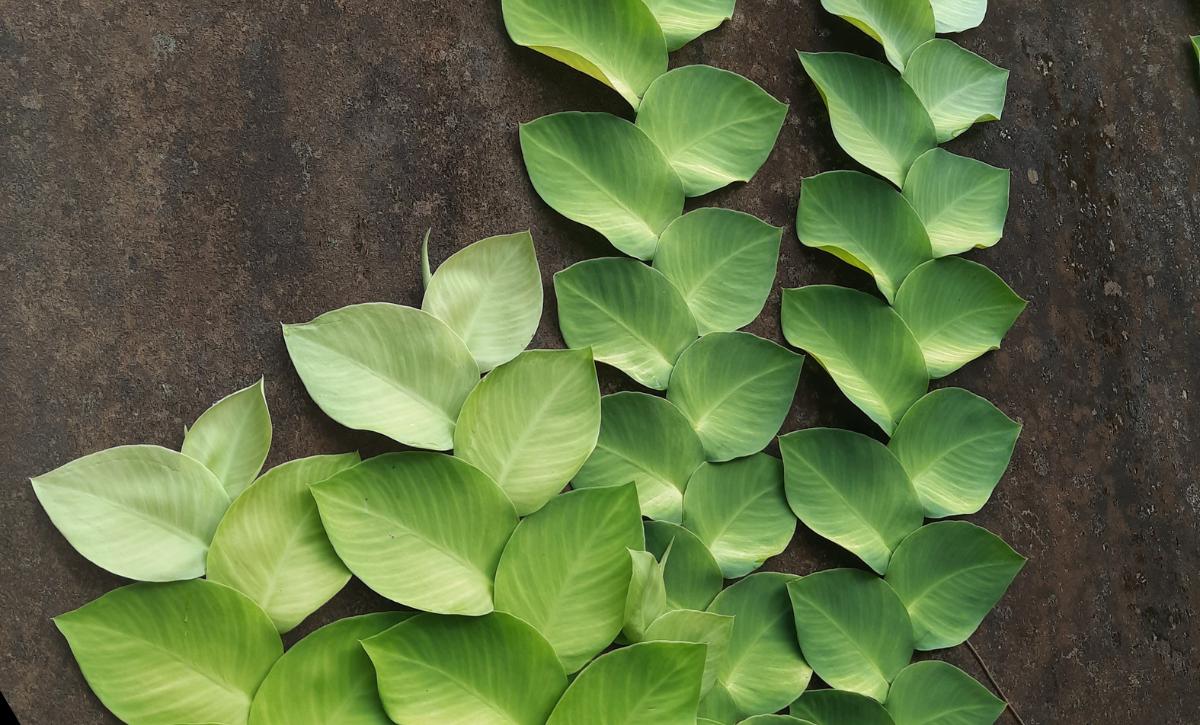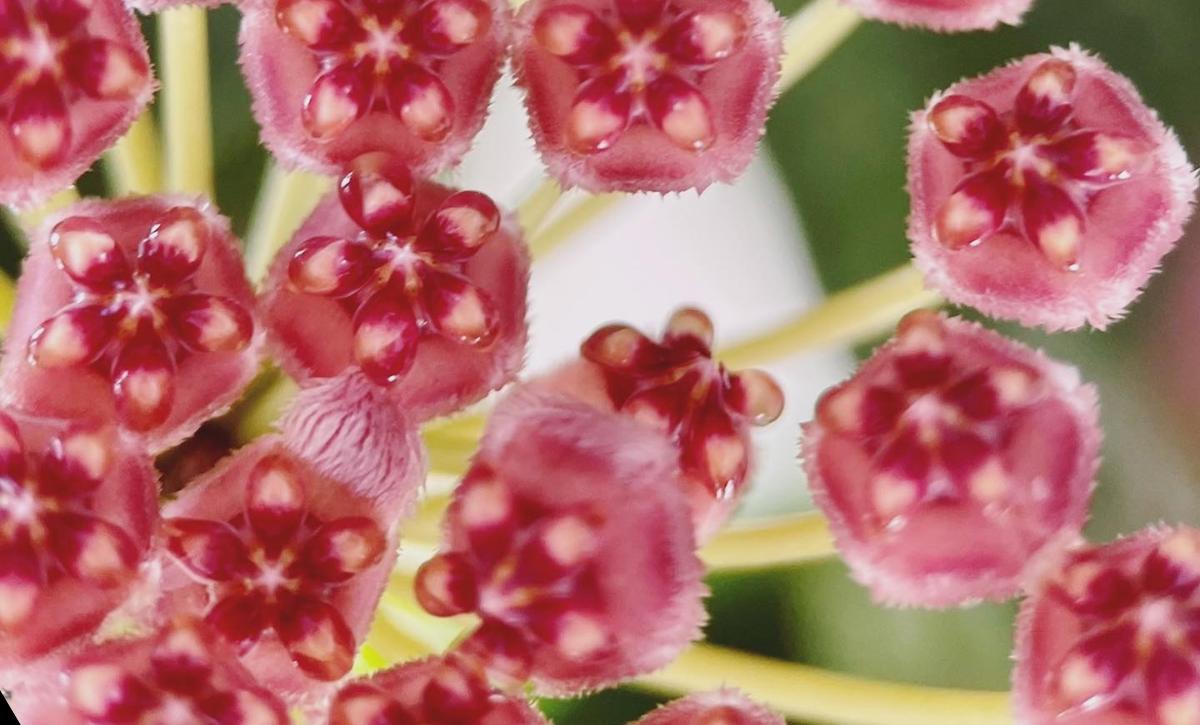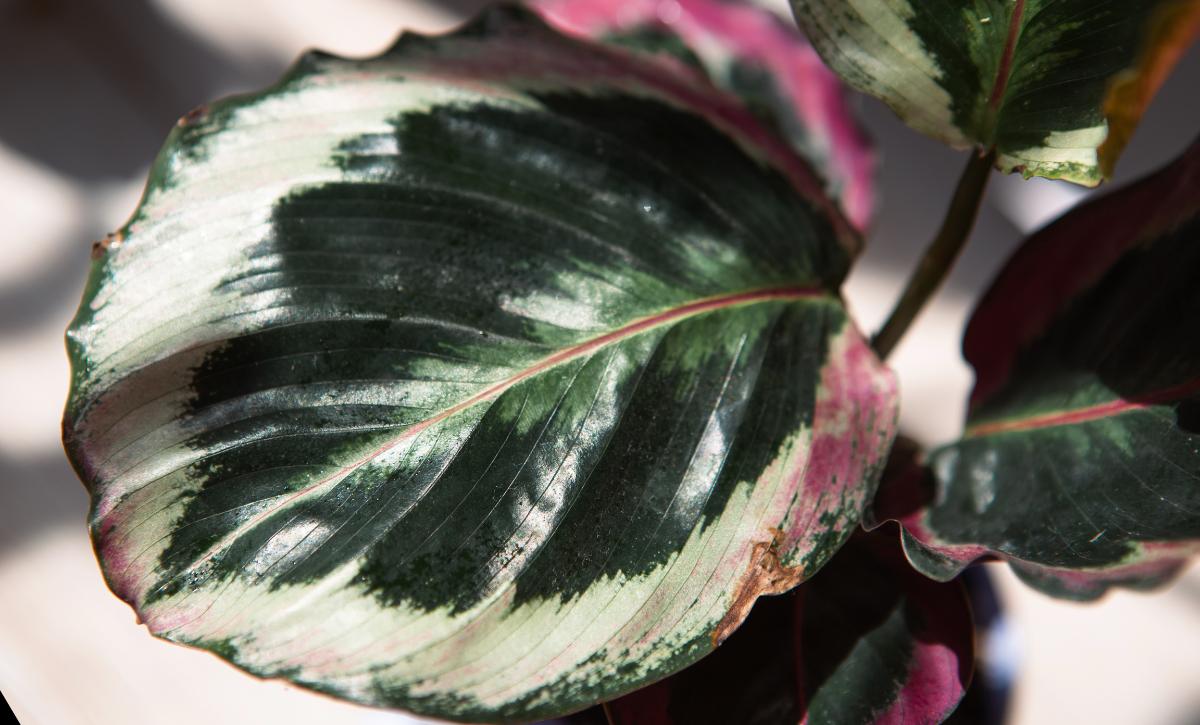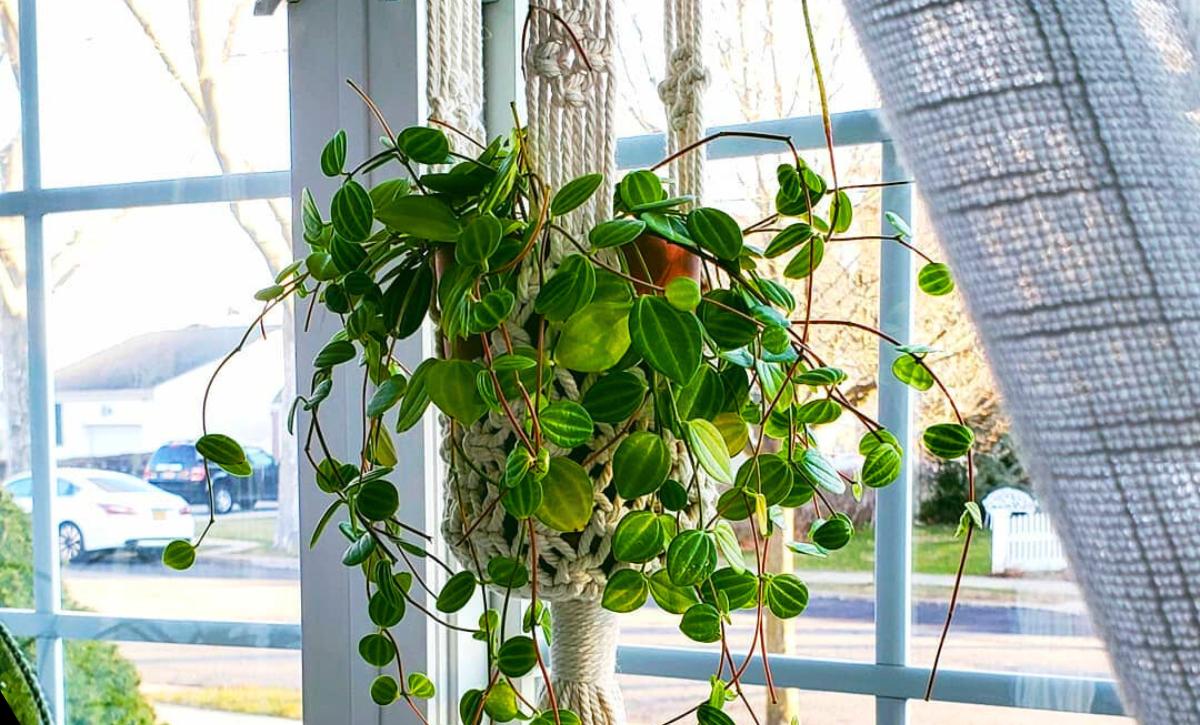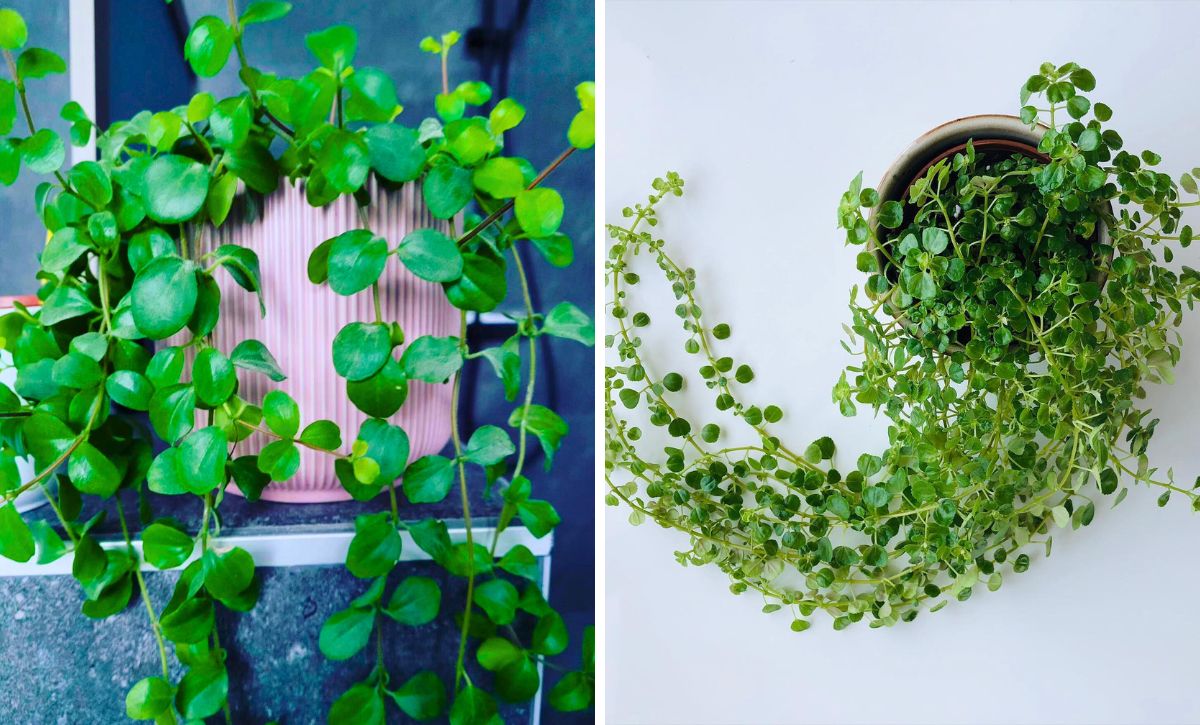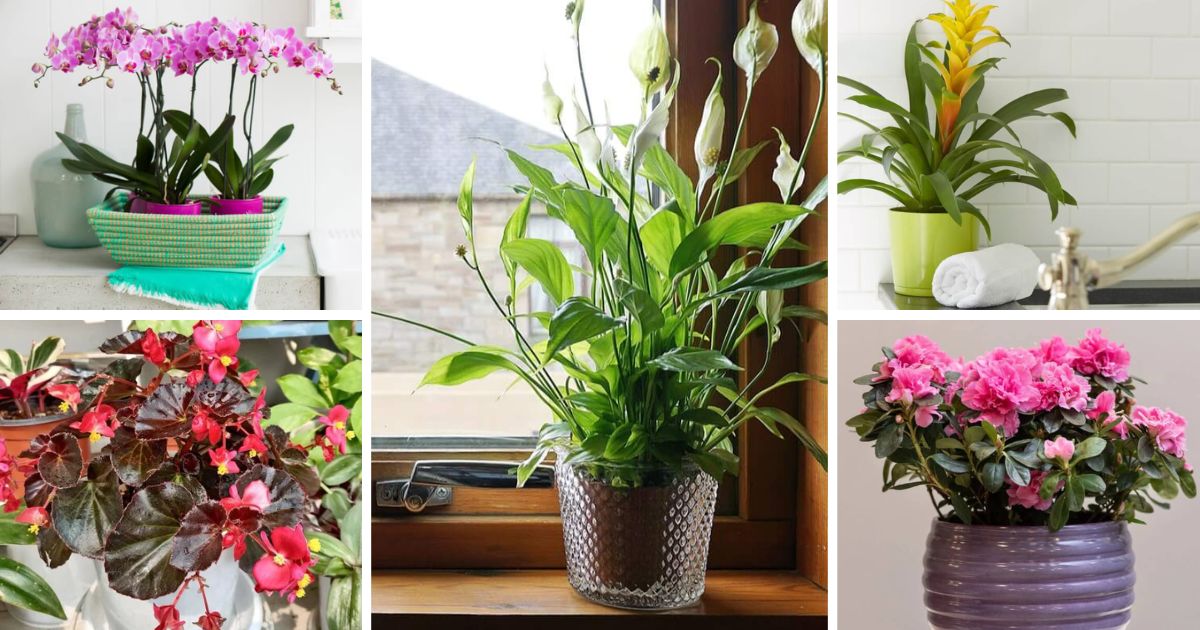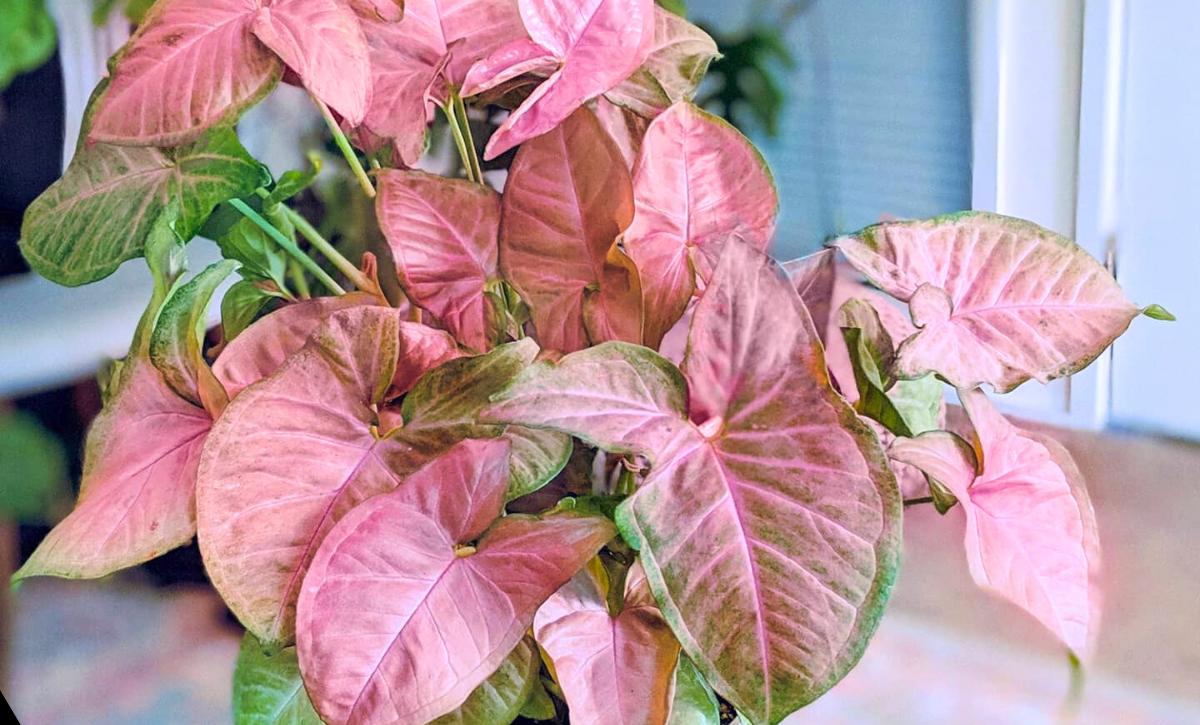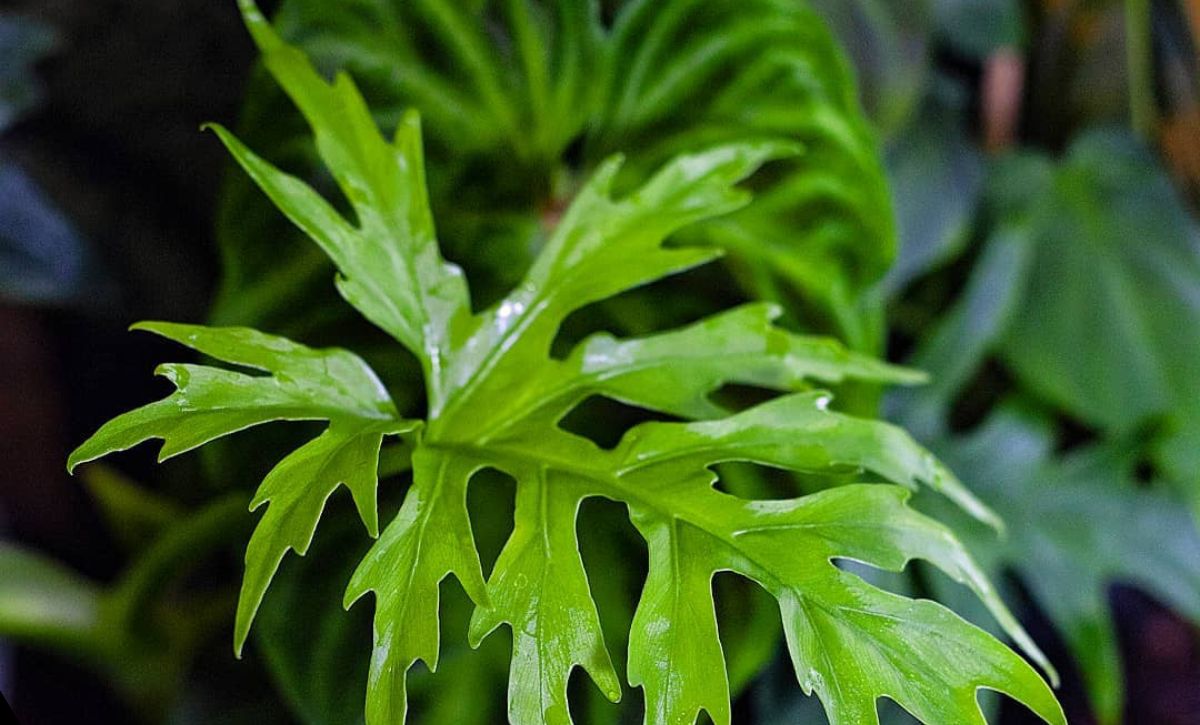Are you looking to break the green monotony and add color to your garden? The Syngonium Neon may just be the plant you need.
This unique plant has pink foliage that’s sure to be a highlight of any space.
Here are some common facts about the plant that you should be versed with:
| Scientific name: | Syngonium Podophyllum’ Neon Robusta’ |
| Native Habitat: | Rainforests in Mexico and America |
| Growth rate: | Slow grower |
| Size: | 3-6 feet (0.9-1.8m) tall and 1-2 feet (30-60cm) wide |
| Type: | Perennial, but can also be grown as an annual |
| Toxicity: | Mildly toxic to pets and humans |
Away with the basics, now let’s dive deep into what you need to know before planting this plant, whether in your indoor garden or outdoors.
Care for this plant is relatively simple, making it the ideal choice for beginner gardeners.
In this article, we’ll discuss all the critical facts about this plant and the essential plant care tips to help you take care of it, especially if it becomes afflicted with pests or diseases.
We’ll also divulge more details about this plant, such as its appearance, background, benefits, and other similar plants.
Ultimately, you may just become an expert gardener for the Syngonium ‘Neon’!
Plant Care Guide for the Syngonium Neon
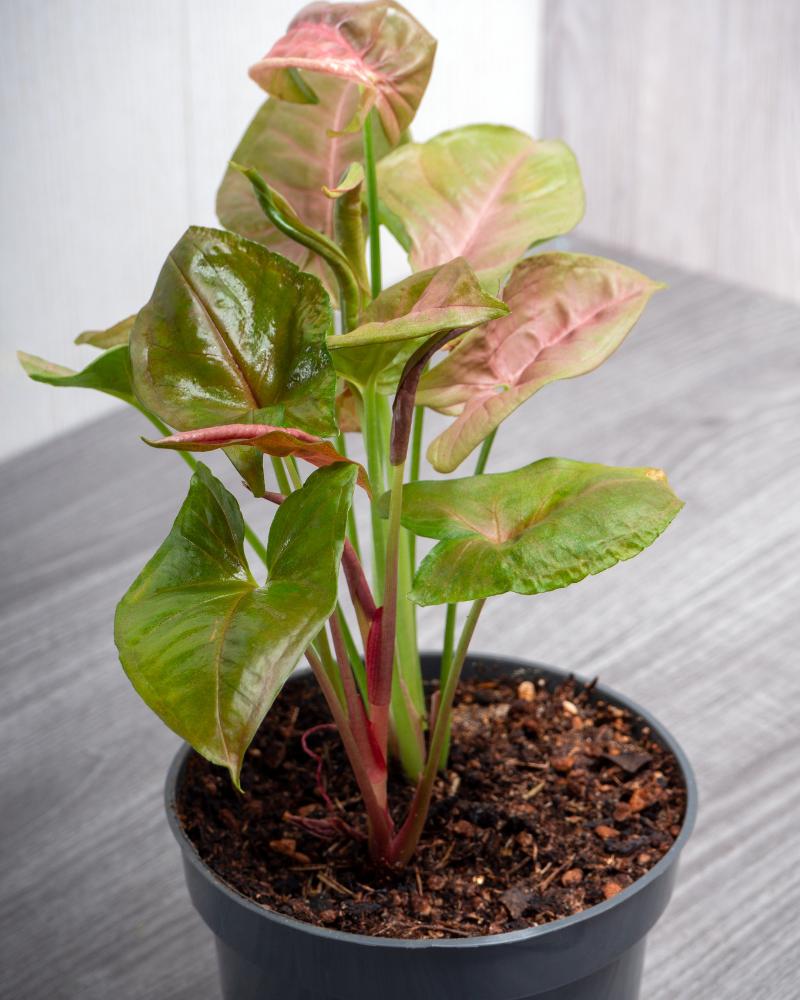
The Neon Robusta is one of the low-maintenance plants that can survive under mild neglect.
You need to provide sufficient indirect sunlight, well-drained soil, and enough water to create the perfect growing environment for this plant.
In the following section, you’ll learn about the conditions for your plant to grow and thrive.
Even though the light requirements for the plant may be more demanding compared to similar plant categories, such as the philodendron, this shouldn’t stop you from getting this jewel.
Light Requirements
All plants require light to grow, which is no different for the Syngonium Neon. It thrives in an area with bright, indirect light.
While the plant can tolerate even lower light levels, its vivid, pink foliage may fade under such conditions. Additionally, the plant could get leggy if it lacks sufficient light.
Keep this plant with plenty of indirect sunlight to get the best possible results. Exposing it to direct sunlight may lead to the leaves getting scorched and severe sunburn.
If faced with whether to expose the plant to direct sunlight or keep it under shade, it’ll be better off in a shaded environment.
As for the placement, the plant will do well in west, east, or south-facing rooms if it’s shielded from direct sunlight.
For people with access to natural indirect sunlight, it’s better to go with artificial lights, which can provide all the necessary light without worrying about direct sunlight.
Since this plant thrives in moderate light, set the grow lights between 200-300 or adjust them according to where you stay.
Water Requirements
Since this plant is from a tropical climate, it’ll thrive with plenty of water. However, ensure the plant isn’t soaked or drained in water, which could lead to root rot.
The general rule for watering houseplants is irrigating after the first few inches of the soil are dry to the touch. It’s, however, essential to note that this schedule may change depending on the environment and the plant’s watering needs.
When growing the plant in pots or containers, always ensure there are drainage holes that can let the water drain down.
The watering frequency highly depends on the external environment, such as the light conditions, the season, and the climate.
If you live in a hot and dry region where plants are exposed to high-intensity light, you may need to water the plant twice weekly. In regions where the humidity level is high, and the rate of evaporation is low, the plant can be watered once every two weeks during summer and once a month in the winter (dormant season).
Climate and Temperature
If you don’t reside in a tropical region or regions with a tropical climate, you better grow the Syngonium neon indoors, where it’s easy to control the growing environment.
Temperature
Warm temperatures and high humidity levels characterize tropical climates. This plant will thrive in areas with temperatures between 60-80℉ (15-27℃). While the plant can withstand colder or hotter temperatures, other requirements, such as watering and humidity, must be optimal for the plant to thrive.
The Syngonium can tolerate temperatures as low as 50℉ (10℃), but ensure they don’t drop lower than this as the plant is frost-sensitive.
Additionally, it’s vital to ensure the plant is kept away from places with drafts or frequent temperature changes, as it can wither and droop.
Humidity
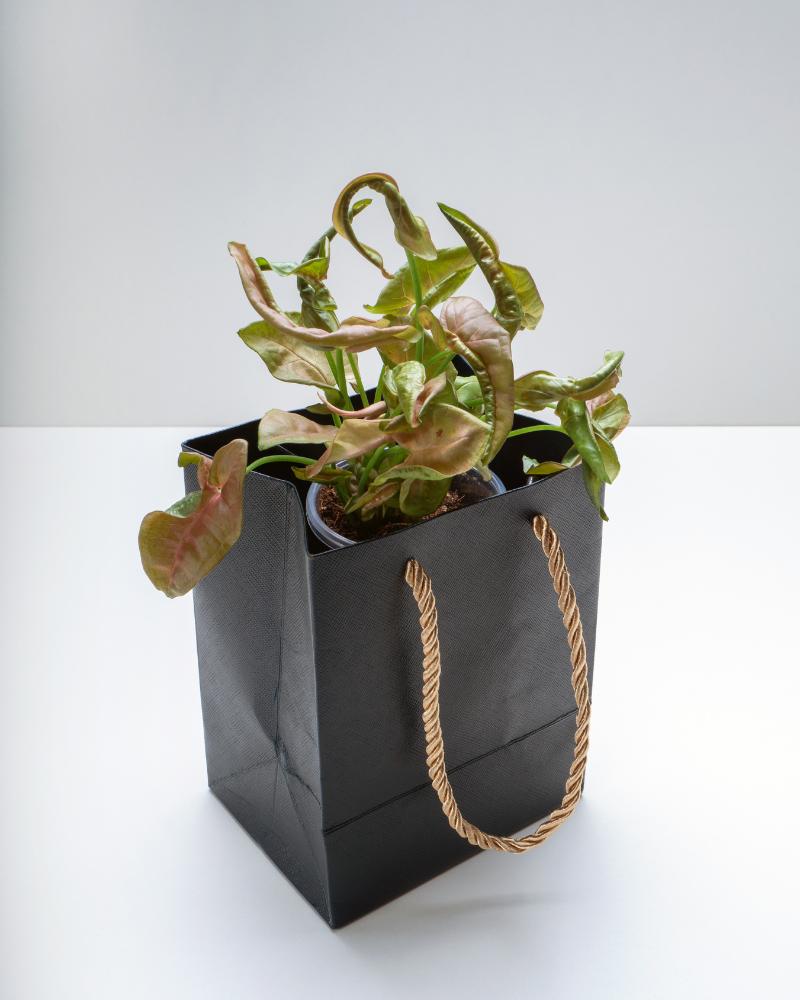
The plant will thrive in a high-humidity area of 60-90%. While the average home humidity is 30-40%, you can quickly increase your home’s humidity using several methods.
Here are five ways you can increase Neon Robusta’s humidity requirements:
1. Use a Terrarium
This is one of the most uncomplicated and straightforward methods of increasing humidity levels around your plant.
Using a terrarium is simple and will save time and trouble.
Water the plant and place it in a glass container, which allows light to pass through. As the water evaporates from the plant, it’s trapped in the terrarium, thus increasing the humidity levels.
2. Use Pebble trays
This is another age-old and proven method of increasing your plants’ humidity.
Simply fill a tray with pebbles and pour some water on it. Then, place the plant on the pebbles such that the roots are not in direct contact with the water.
Ensure the plant is in a place where it can receive plenty of light.
As the water around the tray evaporates, the humidity around the plant will increase.
3. Use a Humidifier
Increasing humidity levels doesn’t get more straightforward than this. A humidifier adjusts the humidity around your plants as you need it to be. You just have to set the right humidity and leave the plant to enjoy its optimum environment.
4. Place the plant in a Bathroom
A bathroom is one of the most humid places in your home. The consistent water supply in this area ensures such high humidity levels.
While placing your plant in a bathroom may not look ideal, it can be an excellent decoration, even a unique one!
5. Spray some water on the plant
Increasing the humidity levels may be as simple as spraying the plant with water. Spraying the leaves with water occasionally may ensure the plant is humid enough.
However, please don’t get so used to this method as it can sometimes backfire. This is because applying too much water on the plant may lead to the development of fungal infections.
Let the leaves dry between mistings to ensure you have minimized this risk.
Soil
The Syngonium Neon does well in moderately acidic soils with pH levels between 5.5 and 6.5. However, that’s just the tip of the iceberg!
The substrate must also be rich in organic material and nutrients, not to forget well-drained.
You can create a well-balanced potting mix for your Syngonium using potting soil, perlite, vermiculite, and peat moss.
Fertilizer
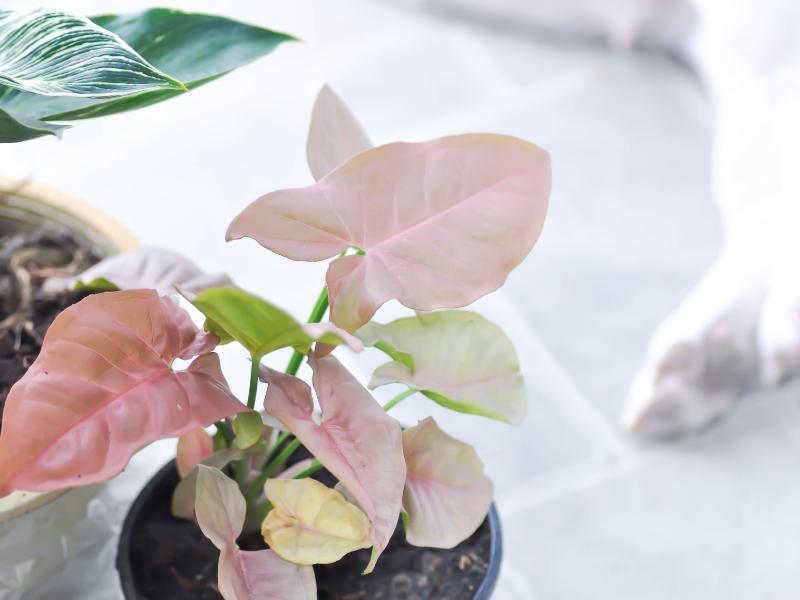
Most plants need to be occasionally fertilized to yield the best results. The Syngonium podophyllum should be fertilized at least once a month during its growing season with a liquid fertilizer.
Since this plant isn’t a heavy feeder, it’ll survive fine with occasional fertilization. If you want to go a mile further, you can fertilize the plant each time you water, but ensure it’s done with a diluted fertilizer so the fertilizer doesn’t burn the plants.
During the dormant seasons, such as winter, the plant won’t need fertilization, but you can add light fertilizer once every three months.
Remember, the plant needs to be watered before it’s fertilized, as this reduces the overfertilization risk.
Repotting
The Neon Robusta isn’t a speedy grower, but you must repot it occasionally so the plant doesn’t become root-bound.
Repotting isn’t a significant requirement and can be done once every two years, or when you get a hanging basket you want to show off.
The best time for reporting is during the growing season, usually in spring or summer. This way, the plant will have enough time to adjust to its new surroundings.
When repotting, go for a pot 1-2 sizes larger than the previous pot. Fill the pot with a suitable potting mix and plant the Syngonium.
Ensure you water the plant and keep it under optimal conditions so it can recover.
Propagating a Syngonium Neon
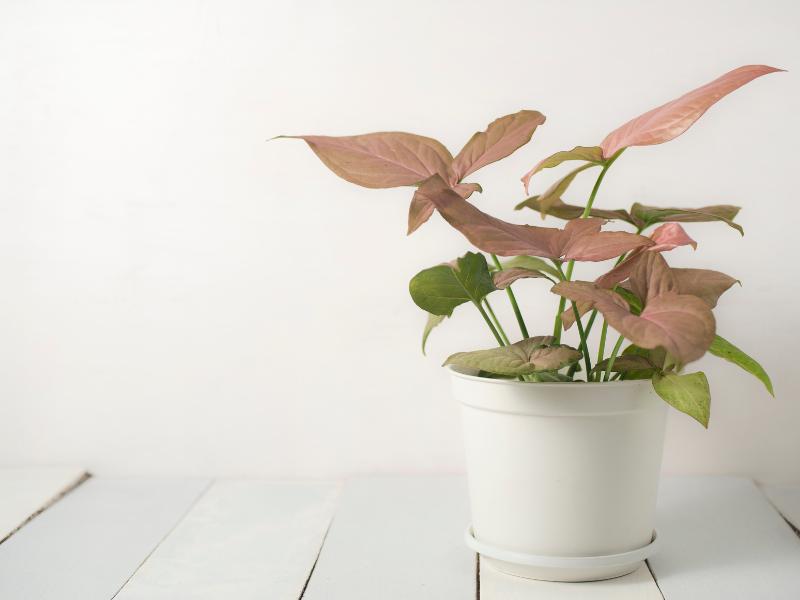
The Syngonium is one of the easiest plants to propagate. Propagation can be done by stem cuttings, which is relatively easy and will be a piece of cake even for beginners. Propagation in water is recommended since it has a high success rate.
However, knowing how to propagate the plant with both methods is essential.
Water Propagation
This propagation method takes less time than soil propagation and has a very high success rate.
To propagate your Syngonium using this method, you’ll first need to find a healthy stem with aerial roots and healthy foliage.
Next, remove the leaves at the bottom of the stem and place the cuttings in a water-filled jar, preferably a clear glass jar. Ensure no leaves are submerged in water, which could lead to contamination.
Place the jar in a bright spot and change the water after every two days.
You should notice root formation on the new cuttings after 3-4 weeks, and that’ll be a good time to transfer the cuttings to their new home.
Place the cutting in a pot filled with fresh potting mix, water it, and ensure it’s placed where it has optimal growing conditions.
Propagation in Soil
Compared to propagation in water, this method is more risky since there are instances where the propagated cuttings won’t make it. To improve the chances of rooting, always pick stems with aerial roots.
Cut a healthy stem below the leaf node, and dip the cutting in a rooting hormone to accelerate root formation.
Next, plant the cuttings on a well-drained and well-aerated substrate.
To increase the chances of success, keep other conditions such as watering, humidity, and temperature at optimal levels.
The main downside to this method is that you won’t notice root formation, but when you tug at the cuttings and feel a little resistance, it may be a sign of root formation.
Once roots have formed, you must transfer the cutting to a bigger pot.
Cleaning and Pruning
Any Experienced gardener knows the instrumentality of pruning and cleaning for a plant.
The Syngonium neon is no exception and will need to be cleaned and pruned regularly since the plant may collect dirt. Cleaning also ensures the vivid pink color of the foliage is well visible.
To clean the plant, use a soft, wet cloth to wipe the leaves and dry them with a soft, dry cloth afterward. You may also let the leaves dry independently, increasing the plant’s moisture levels.
The most important thing is to ensure the foliage is dry, as wet leaves could attract fungal diseases.
Pruning
This is another crucial part of the Neon Robusta plant care guide. Pruning should be done to remove dead, sunburned, diseased, or discolored leaves on the plant. Cutting out these leaves reduces the spread of infections and saves the plant from wasting valuable energy.
The Syngonium Neon can also be pruned for a bushier effect, but ensure you don’t cut off more than one-third of the entire plant as this could pose a risk to the plant’s survival.
Common Issues
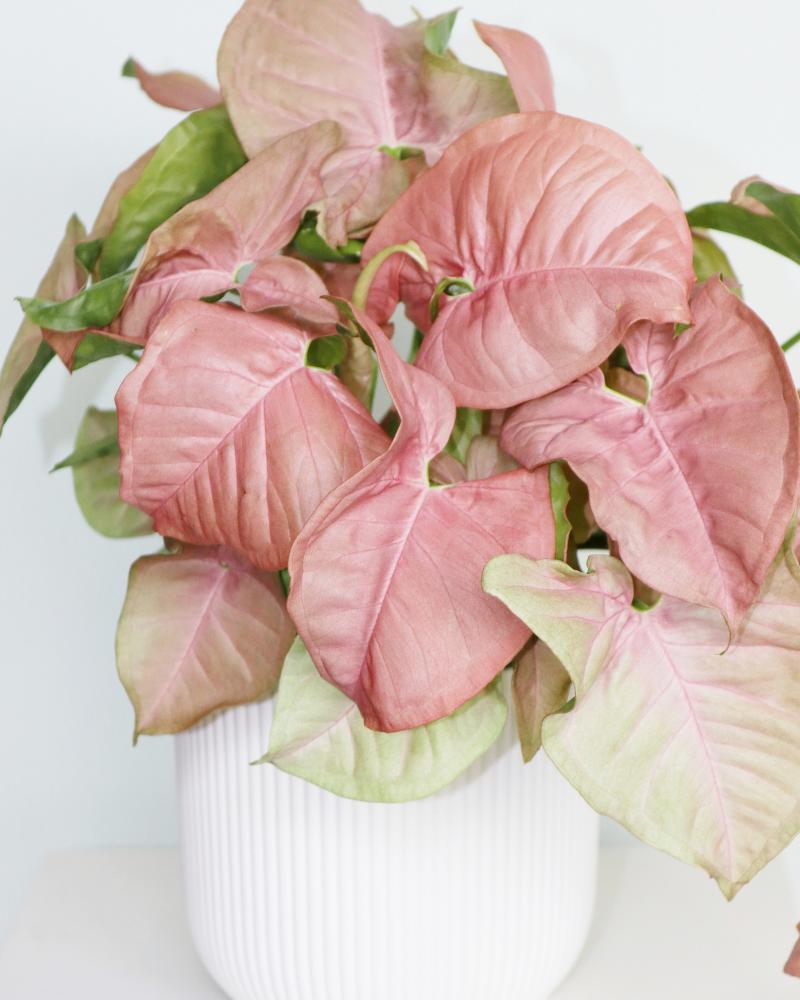
Health comes at a premium even for plants, and you shouldn’t take healthy and pest-free plants for granted.
There are, however, some measures you can take to avoid dealing with unhealthy plants and reduce the risk of your plants being afflicted.
This section will describe the most common pests and diseases that may impact your Syngonium Neon and how to prevent them from occurring or remedying your plant.
Pests
Pests will always go for the unhealthy, overwatered, or underwatered plants. Therefore, the best way to ensure your plant isn’t attacked by pests is to offer good growing conditions.
It also happens that pests can sometimes attack for no reason, so it’s essential to understand how to deal with them.
The most common pests that attack this plant are mealybugs, aphids, spider mites, and scales. As soon as you notice any of these bugs on your plant, you need to isolate your plant from other plants to reduce the danger of all the plants getting infested.
The next step should be to spray some neem oil or a suitable insecticide on the affected plant until all the pests are gone.
You can also use natural solutions to deal with these bugs, such as rubbing alcohol on the affected parts or using a Q-tip to remove them.
When using natural solutions such as rubbing alcohol, avoid touching other parts, such as the stems and leaves, as this could irritate the plant.
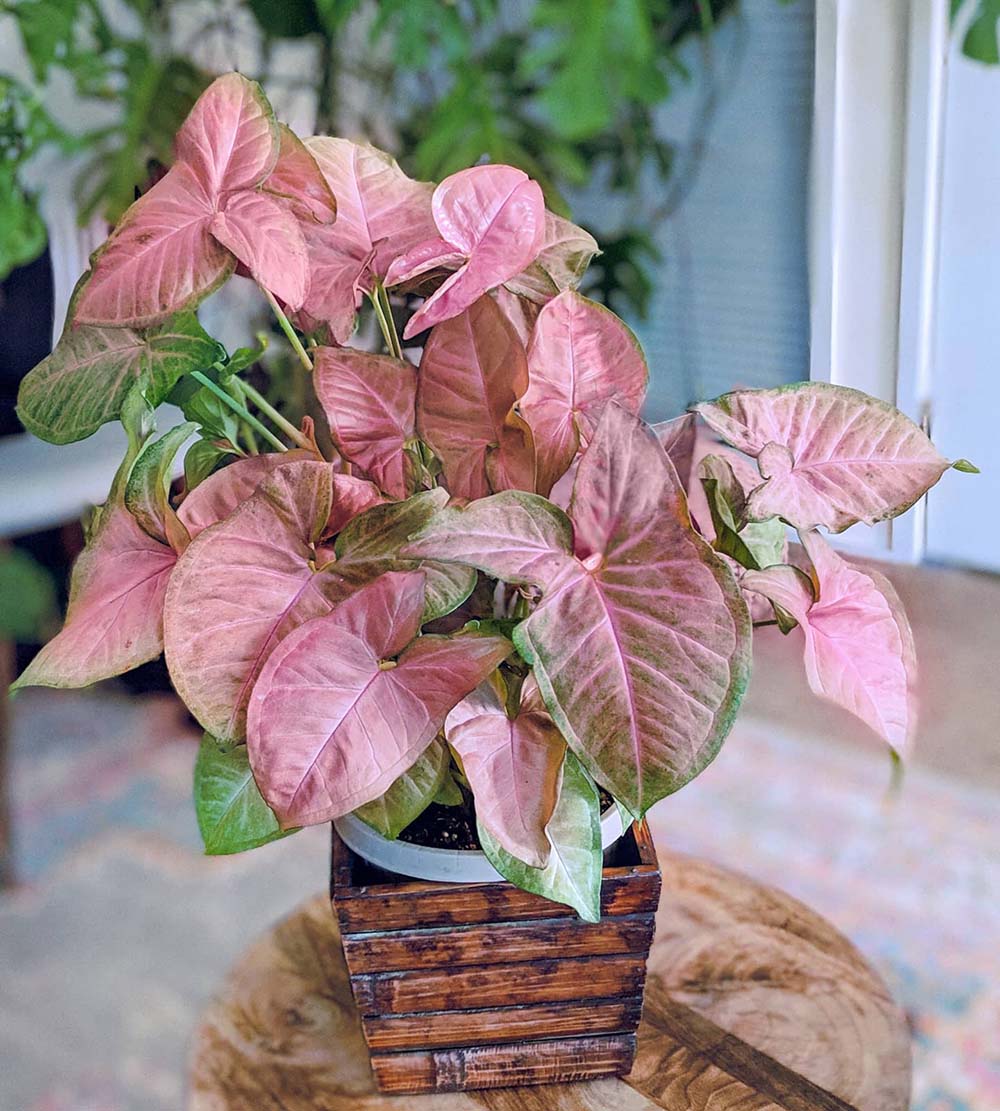
Diseases
The good thing about the Neon Robusta is that it’ll let you know if it’s exposed to poor conditions. Therefore, it’s easy to notice when your plant is afflicted with a disease.
Root rot
This occurs if the plant is overwatered, especially if the soil isn’t well-drained or the pot has no drainage holes.
This disease will be characterized by drooping and wilting leaves, stunted growth, and yellow leaves. The faster you attend to this problem, the higher the chances of your plant surviving.
Remove any mushy and dark roots from the plant with a sterilized tool to treat root rot. Now, plant the soil in a new pot with fresh potting soil.
Leaf Spot
This is another common issue caused by incorrect or improper watering techniques. Leaf spot is usually caused by wet leaves that result from misting or overhead watering. Always ensure the leaves of your plant are always dry.
If you notice any brown, yellow, or dark spots on the leaves of one of the plants, isolate it from the others.
Next, cut off the diseased leaves and spray some fungicide on the plant.
This condition can also escalate quickly, so dealing with it immediately is essential.
Discolored Leaves
problem.
For one, yellow leaves can indicate a watering problem, either overwatering or underwatering. To be sure which condition is ailing your plant, check the soil. A soggy and wet soil shows overwatering, so you should let the soil dry out. If the soil is dried, you should immediately water it.
Yellow leaves may also indicate insufficient nutrients or minerals in the plant. Leaves may turn yellow if they aren’t getting sufficient nitrogen, so you’ll have to replenish the plant with fertilizer or other nutrient-rich sources such as manure.
The leaves may also turn brown, primarily indicating dry air and insufficient humidity around the plant. This can be quickly resolved by increasing the humidity around the plant.
Another cause of discolored leaves in your Syngonium Neon is exposure to too much direct sunlight. This usually results in sunburns, which impacts the leaves.
Even though the plant needs light to grow, exposure to intense direct sunlight will cause severe damage to it, so always keep it in a place with indirect sunlight.
More To Know About the Syngonium Neon
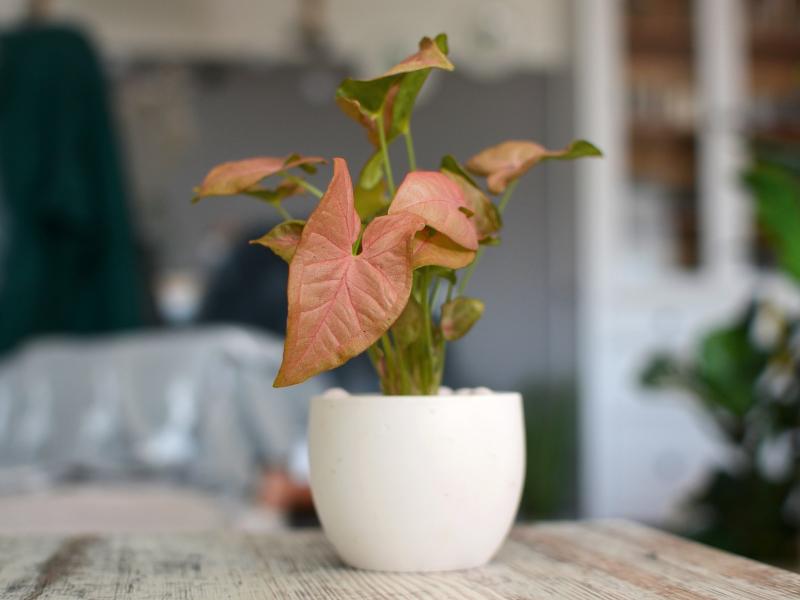
Now that you know how to take care of your Syngonium Neon, it’s time to learn more interesting facts about this plant.
When looking for a Neon Robusta to grow, information about its appearance, background, and benefits may be helpful, especially if you aren’t sure which plant is right for you.
Here is some crucial information you should know as well as similar cultivars you can grow to increase plant variety in your garden.
History and Background
Did you know the name Syngonium has Greek origins? The name is composed of the words Syn (together, with) and gone (gonad), which combine to refer to female flowers’ ovaries.
Other common names for the plant include the Pink Arrowhead vine and the Pink Arrowhead plant.
Some people will refer to the Syngonium podophyllum as the Nephtytis, even though the two come from two different genera. While the two plants appear similar, the Syngonium got its genus in 1879.
The plant is a member of the Araceae family, closely related to aglaonemas, Philodendrons, and anthuriums.
Appearance
This Syngonium is a climber and will be perfect for your hanging baskets. You can also grow the plant in a large pot and stake it to allow it to climb and give your garden a tropical vibe.
The leaves of the plant are pink and will sometimes have green variegation; they are also shaped differently depending on the age of the plant. Young leaves are heart-shaped, and older leaves assume an arrowhead look.
Even though the plant doesn’t bloom when grown indoors, its bright-colored leaves are enough to beautify your home. Flowering won’t significantly impact the look of the plant since they are inconspicuous.
Even though the green spathe enveloping the green-white spadix may not be unique, the blush pink color in the leaves is sure to attract all the attention.
Benefits
Growing this plant not only brightens up your space but also has a couple of environmental benefits. For one, the plant helps with air purification, removing harmful toxins such as formaldehyde, toluene, xylene, and benzene, which are common in almost every home.
The Syngonium podophyllum is also excellent in absorbing carbon dioxide, significantly improving air quality.
The faster transpiration rate in the plant also makes it a natural humidifier. Placing several plants around your home lets you quickly eliminate dry air.
Similar Cultivars
This plant has several similar cultivars, such as the Pink Allusion, Red Heart, and Neon Robusta.
In this section, we will explore the different cultivars of this plant and their main differences so you can choose the one that suits you.
The Syngonium Red Heart
This cultivar is easy to notice since, as the name suggests, the foliage is more heart-shaped than arrowhead-shaped.
The leaves are dusky pink, and the plant will easily complement the Neon Robusta.
The Syngonium Pink Allusion
This variety is very similar to the Neon Robusta and it may be even difficult to tell them apart. The only way to tell the difference is by examining the color of the leaves.
The Neon Robusta has light leaves that are less spiky than the Syngonium Pink Allusion.
Frequently Asked Questions
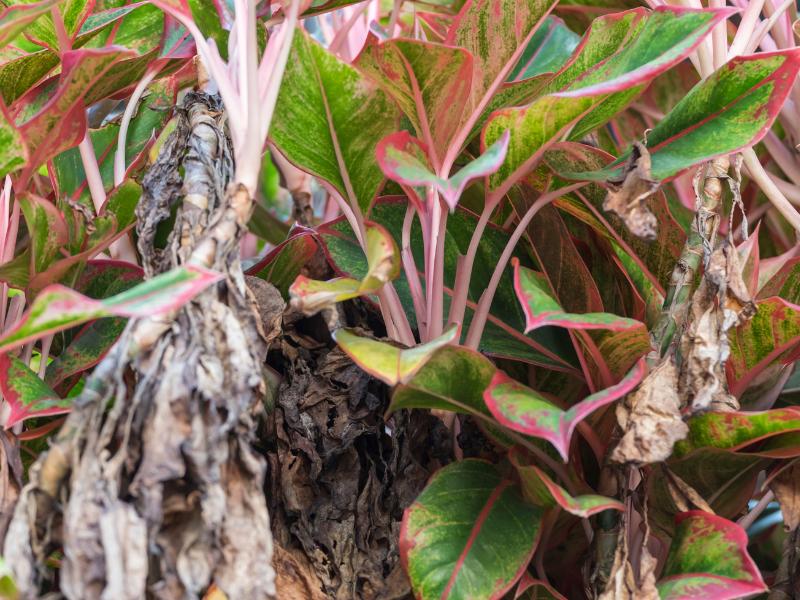
We have probably exhausted everything you need to know about the Syngonium Neon.
Now, it’s time to examine people’s most common questions about this plant.
Is the Syngonium Neon Robusta rare?
Even though it was previously considered a rare plant, Syngonium is no longer rare and can be found in many homes. You can get the plant online with prices starting at $12.
How Can I Tell If My Syngonium Neon is Dying?
There are many signs, including change of color, wilting or drooping leaves, and stunted growth. If you notice this, your plant may be ailing or even dying.
Try looking for the underlying issue causing these symptoms in your plant. In most cases, this may be a fungal infection.
Once you find out what is affecting your plant, address the issue as fast as possible to increase the plant’s chances of survival.
Is the Syngonium Neon Safe to eat?
Don’t try to ingest this plant, as all its parts contain the chemical calcium oxalate.
Ingestion of this plant will cause a burning sensation in the mouth, lips, and tongue. It could also cause the mouth to swell and lead to difficulties in breathing.
Consumption of this plant by pests will lead to vomiting and drooling.
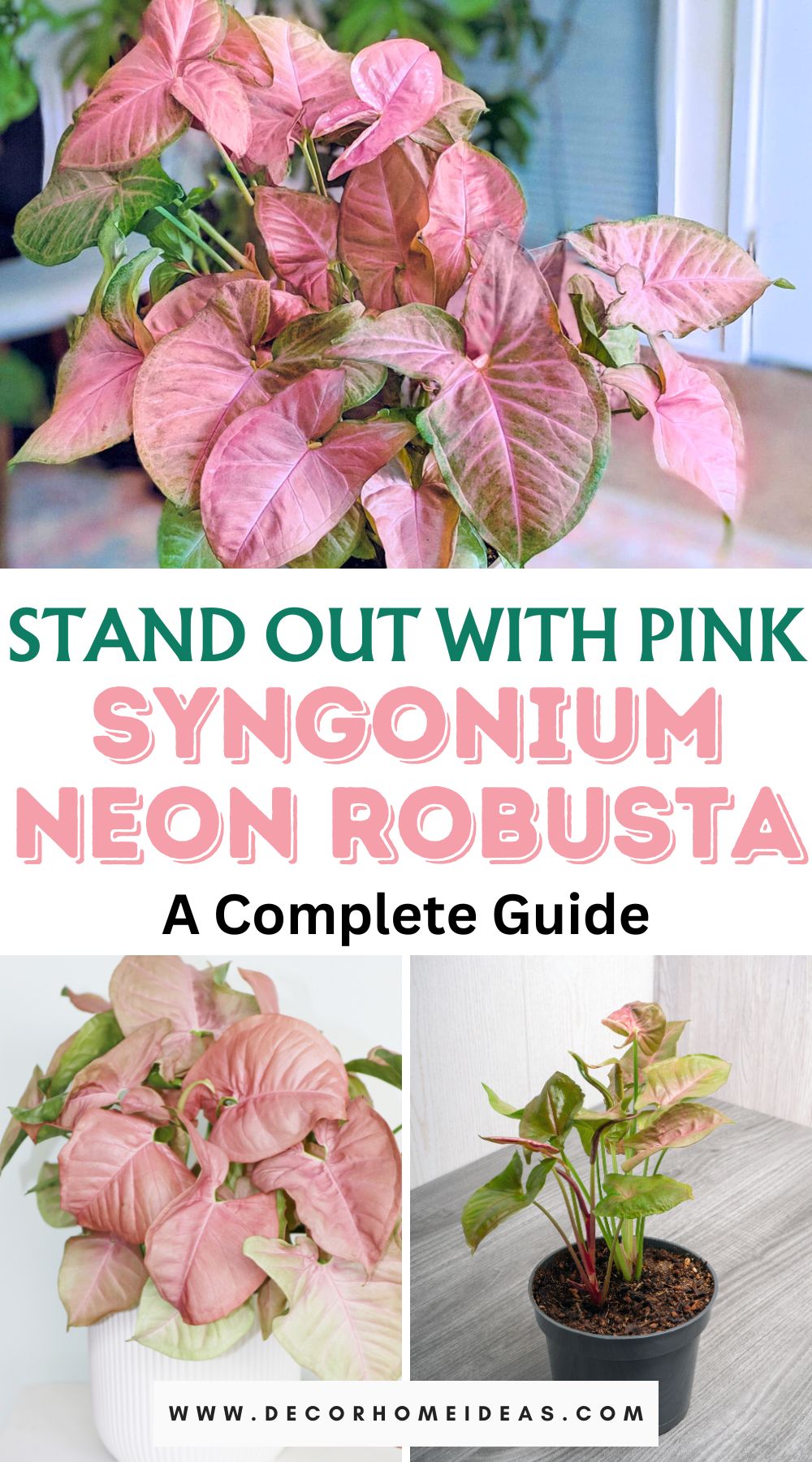
Closing Remarks
The Syngonium neon is one of the most unique houseplants you can grow. Its striking foliage has a mesmerizing feel about it and will surely capture your gaze.
Since it’s easy to care for, SyngoniumNeon is a fantastic choice even for beginners, so don’t shy away from gifting your friends one.
With the extensive care guide outlined in this article and how to deal with the different ailments and pests that may affect the plant, you can successfully grow your own Neon Robusta. You are also assured to deal with any emergencies that may arise.
It’s important to note that this Syngonium will thrive well around some company, so you can grow some relatives of it to uplift your plants.
Why don’t you go ahead and try growing one?

